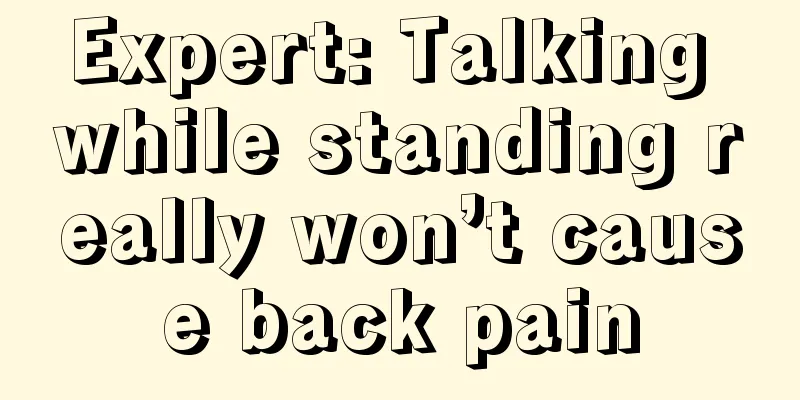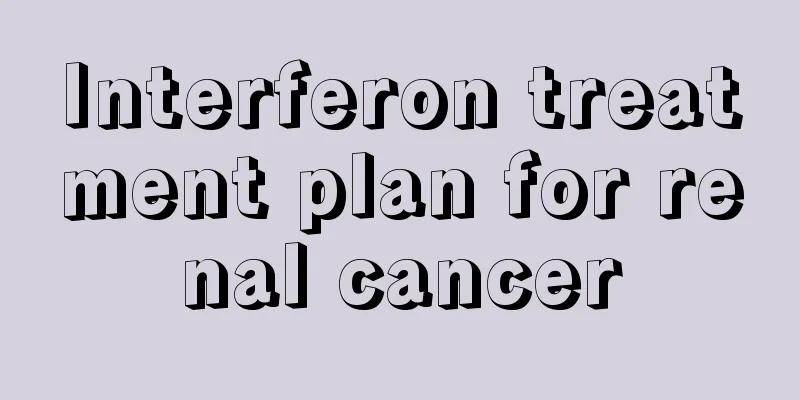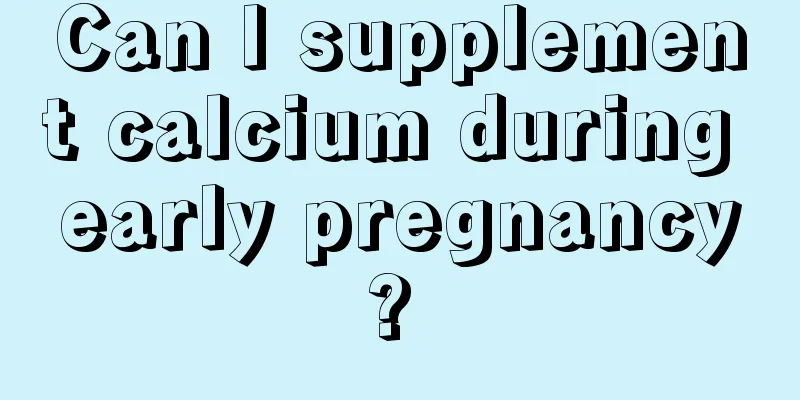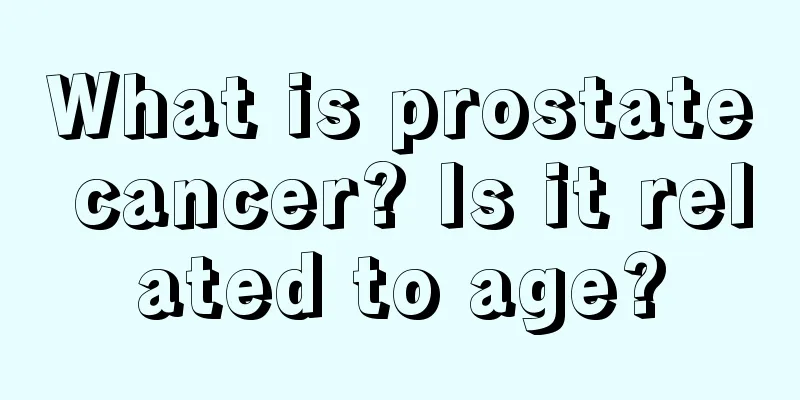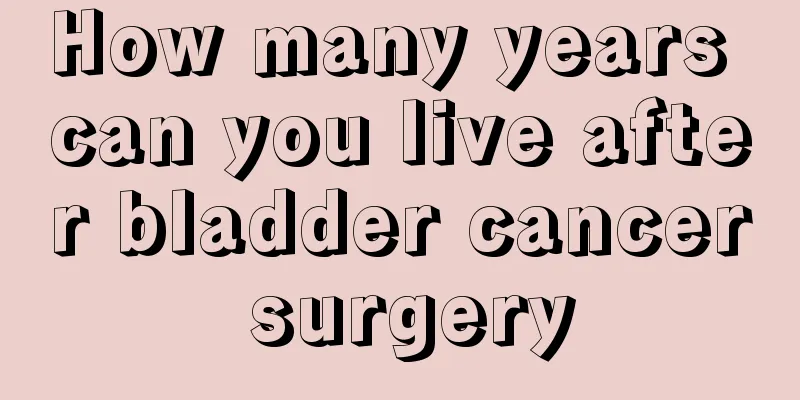Side effects of lumbar traction

|
Various intervertebral disc problems have become very common problems in today's society, and the age of onset is gradually getting younger. Standing for a long time or maintaining a bad standing posture for a long time can cause problems with the spine, especially the lumbar spine. Nowadays, orthopedics does not particularly treat lumbar problems. The best effect is provided by the hospital's rehabilitation department, which usually combines physical therapy with lumbar traction. Not everyone is suitable for traction. This article introduces the contraindications of lumbar traction. Let’s take a look. Lumbar traction utilizes pulling force and counter-pulling force to act on the lumbar spine, and achieves the purpose of treating lumbar disc herniation by pulling in opposite directions. Lumbar traction can increase the lumbar intervertebral spaces, mainly the L3, 4, 5, and S1 spaces. According to research, the lumbar intervertebral space widens by 1.5 to 2.5 mm after traction compared to before traction. The widening of the intervertebral space can create negative pressure inside it, which, coupled with the tension of the posterior longitudinal ligament, is conducive to the reduction of the protruding nucleus pulposus or changing its relationship with the nerve root. The enlargement of the intervertebral space and the stretching of the facet joints restore the intervertebral foramen to its normal shape, thereby relieving the compression on the nerve roots. Traction can also allow the lumbar spine to get sufficient rest, reduce the stimulation of exercise, and be beneficial to the absorption and disappearance of tissue congestion and edema. It can also relieve muscle spasms and reduce intervertebral pressure. Among the conservative treatments for lumbar disc herniation, traction therapy is a common, safe method with very few serious complications. In clinical practice, in addition to lumbar disc herniation, other acute and chronic low back pain, lumbar facet joint disorder, etc. can also be treated with traction. Which patients are not suitable for traction method? Understanding the relevant knowledge about lumbar disc is very important for rehabilitation, so as to avoid falling into various misunderstandings during treatment. Among the conservative treatments for lumbar disc herniation, traction therapy is a common, safe method with very few serious complications. In clinical practice, in addition to lumbar disc herniation, other acute and chronic low back pain, lumbar facet joint disorder, etc. can also be treated with traction. However, the following patients are not suitable for traction treatment. (1) Traction treatment is not suitable for patients with unclear diagnosis or suspected destructive diseases of the lumbar spine, such as tumors, tuberculosis, or suppurative diseases. (2) Patients who are in poor general condition, suffer from severe respiratory or circulatory system diseases, or are deemed by a doctor to be unsuitable for traction treatment. (3) Patients with obvious osteoporosis are not suitable for traction therapy. (4) Traction therapy can be performed after diagnosis, but the patient may feel symptoms worsen and the pain is severe after traction. |
<<: What is the reason for the grinning mouth
>>: How to solve the problem of oily hair?
Recommend
The difference between photorejuvenation and laser freckle removal and the people they are suitable for
With the rise of various medical devices, the tec...
Can soaking sea buckthorn in wine lower blood sugar?
Can drinking sea buckthorn wine lower blood sugar...
What to use instead of shampoo
There are many kinds of modern detergents, and de...
Things to note after tongue cancer surgery
If tongue cancer is discovered late or has reache...
How to wash your face to get rid of pimples
It is very common to have pimples on the face. In...
Why do girls love to shake their legs
In our lives, we can find many people who like to...
Why are there so many pimples around my chin and mouth?
Acne on the face is caused by internal body probl...
How to use a nasal rinser
The nasal washer is a relatively common gadget. U...
Early symptoms and signs of pancreatic cancer
The early symptoms and precursors of pancreatic c...
Analysis of the current status of thyroid cancer
Nowadays, many people suffer from thyroid cancer,...
The symptoms of radiation pneumonia turned out to be like this
Radiation pneumonitis is a form of pneumonia that...
What are the common early symptoms of cervical cancer? Will patients with cervical cancer have vaginal mucus?
Women bear great responsibilities for the family ...
What are the methods for whitening, removing spots and acne marks?
Many people face many skin problems due to irregu...
What is the cause of anal pain after defecation
As many people pay more and more attention to the...
How to treat non-small cell lung cancer in the elderly
Elderly non-small cell lung cancer is a common cl...

